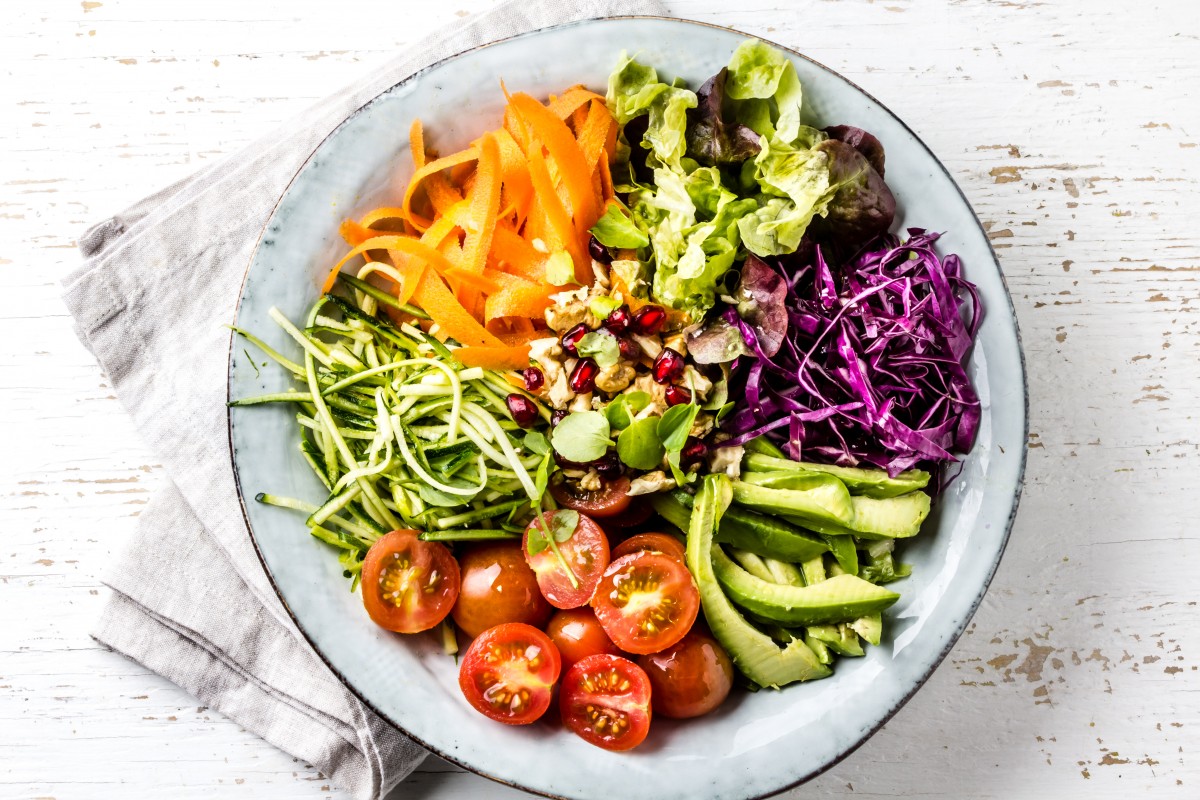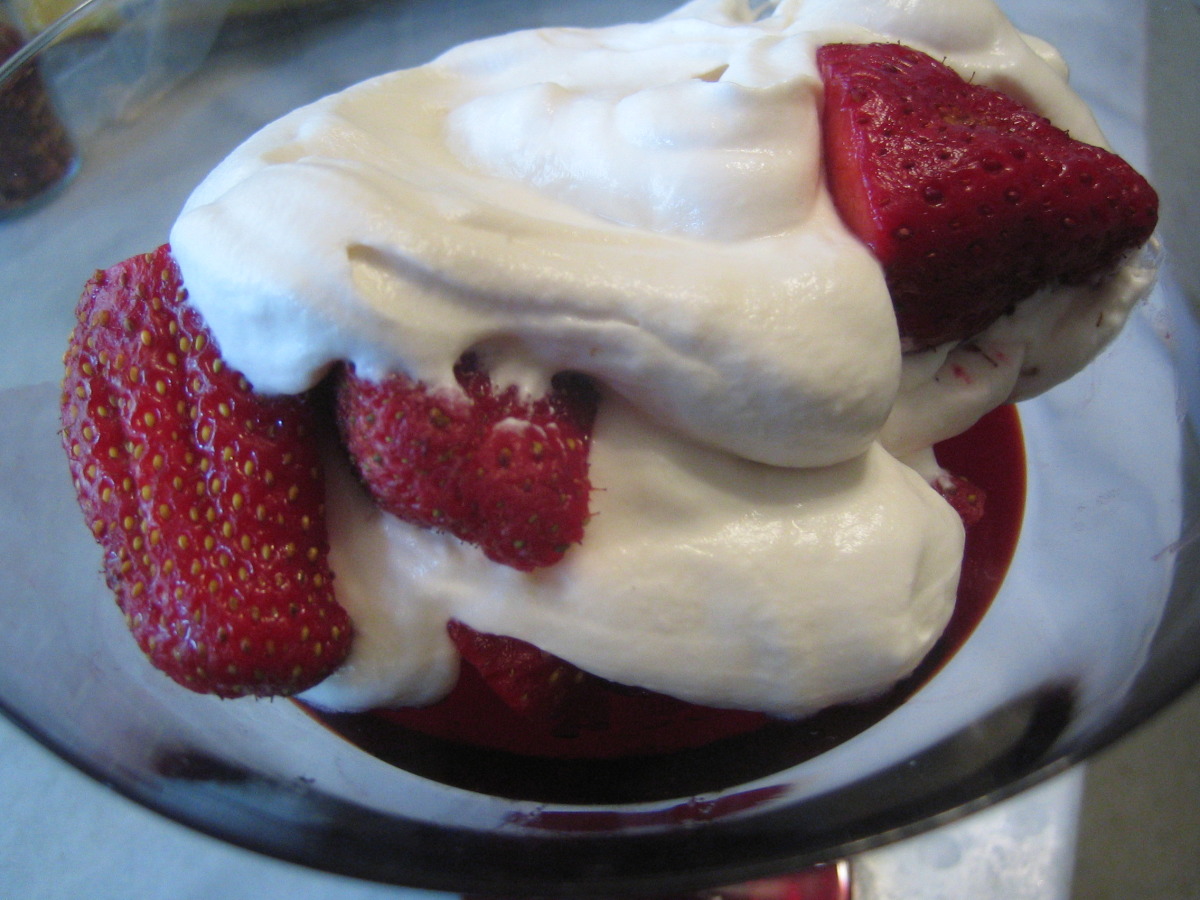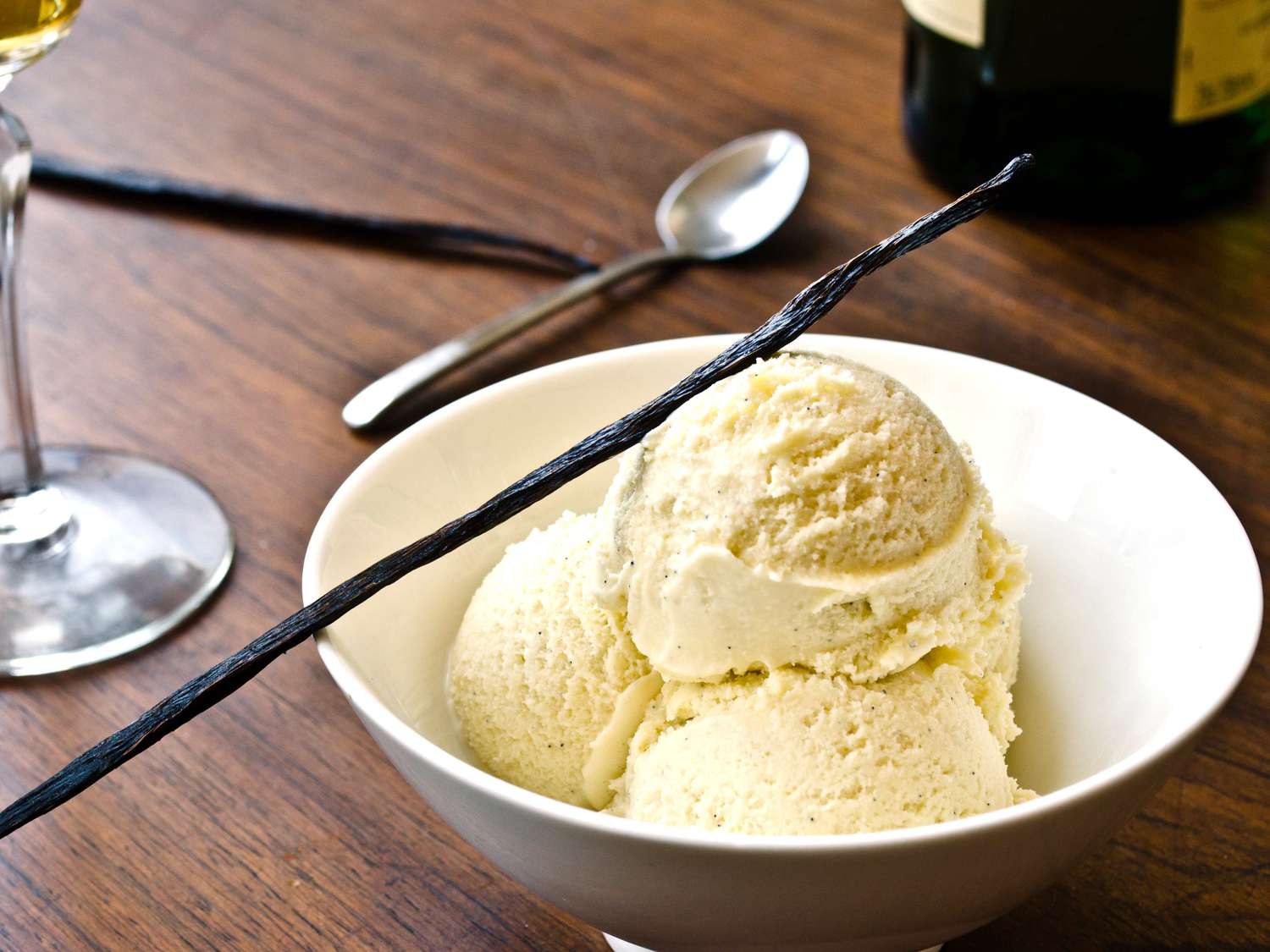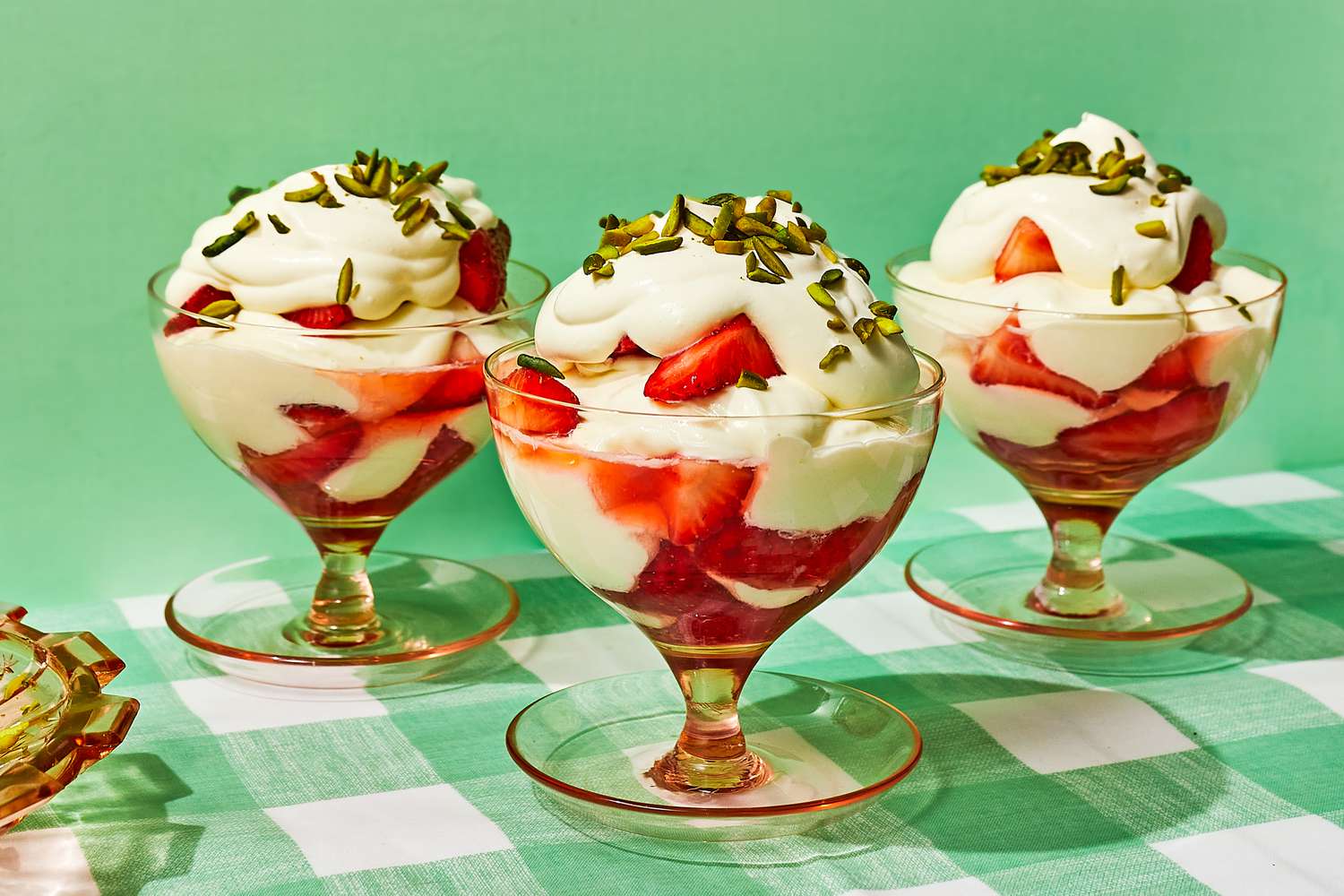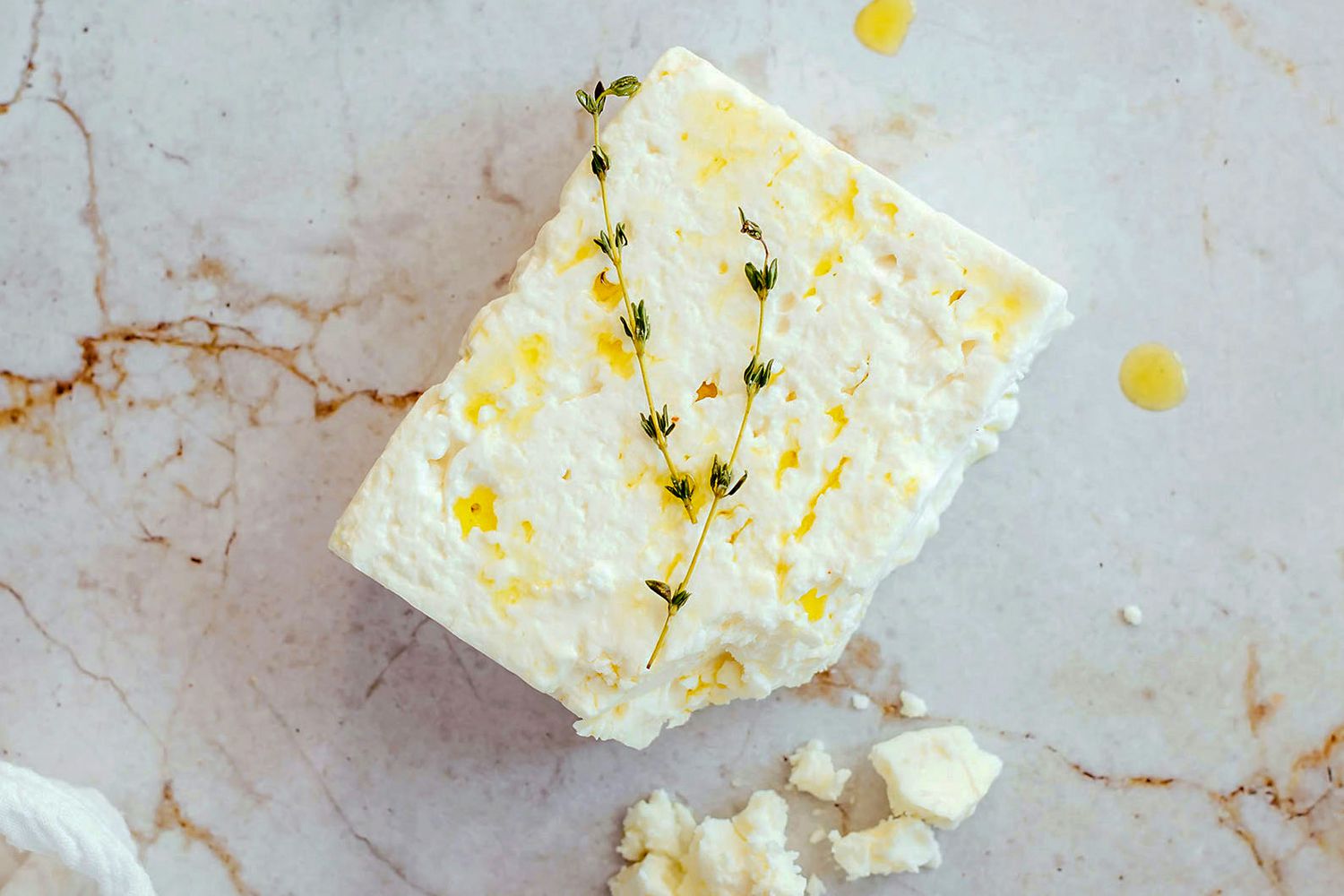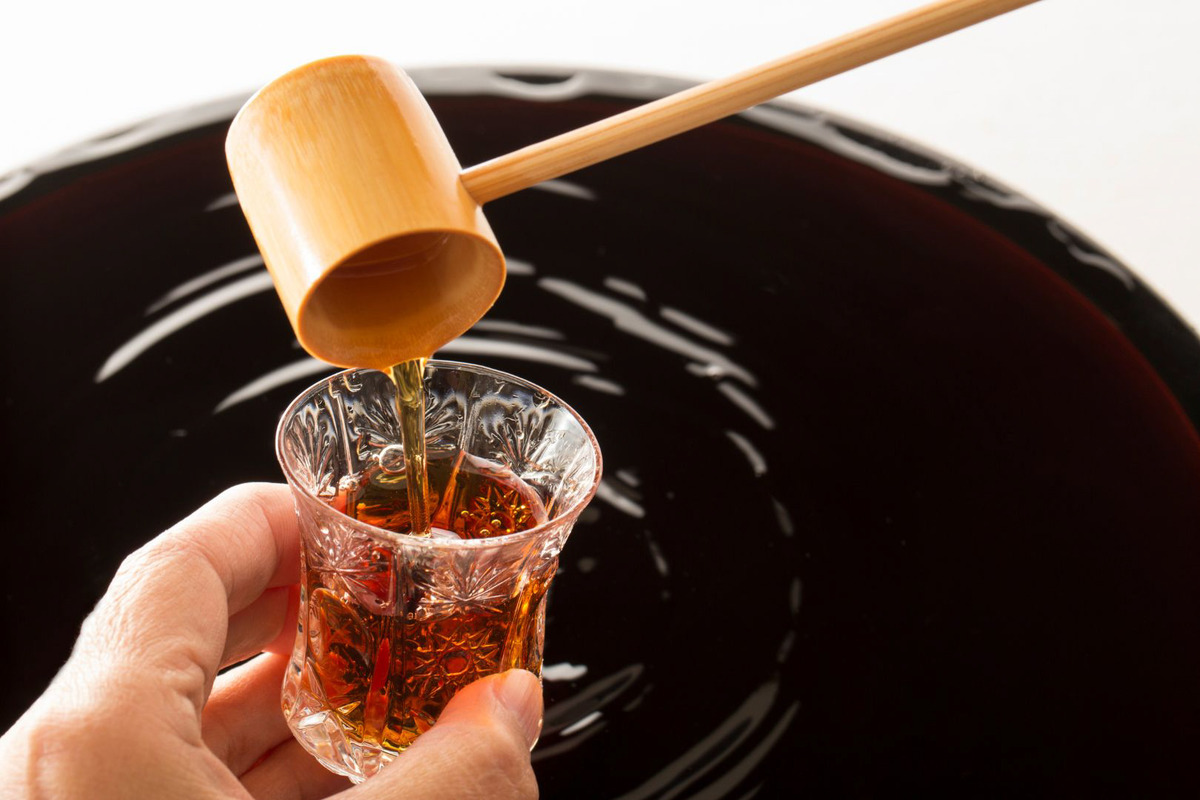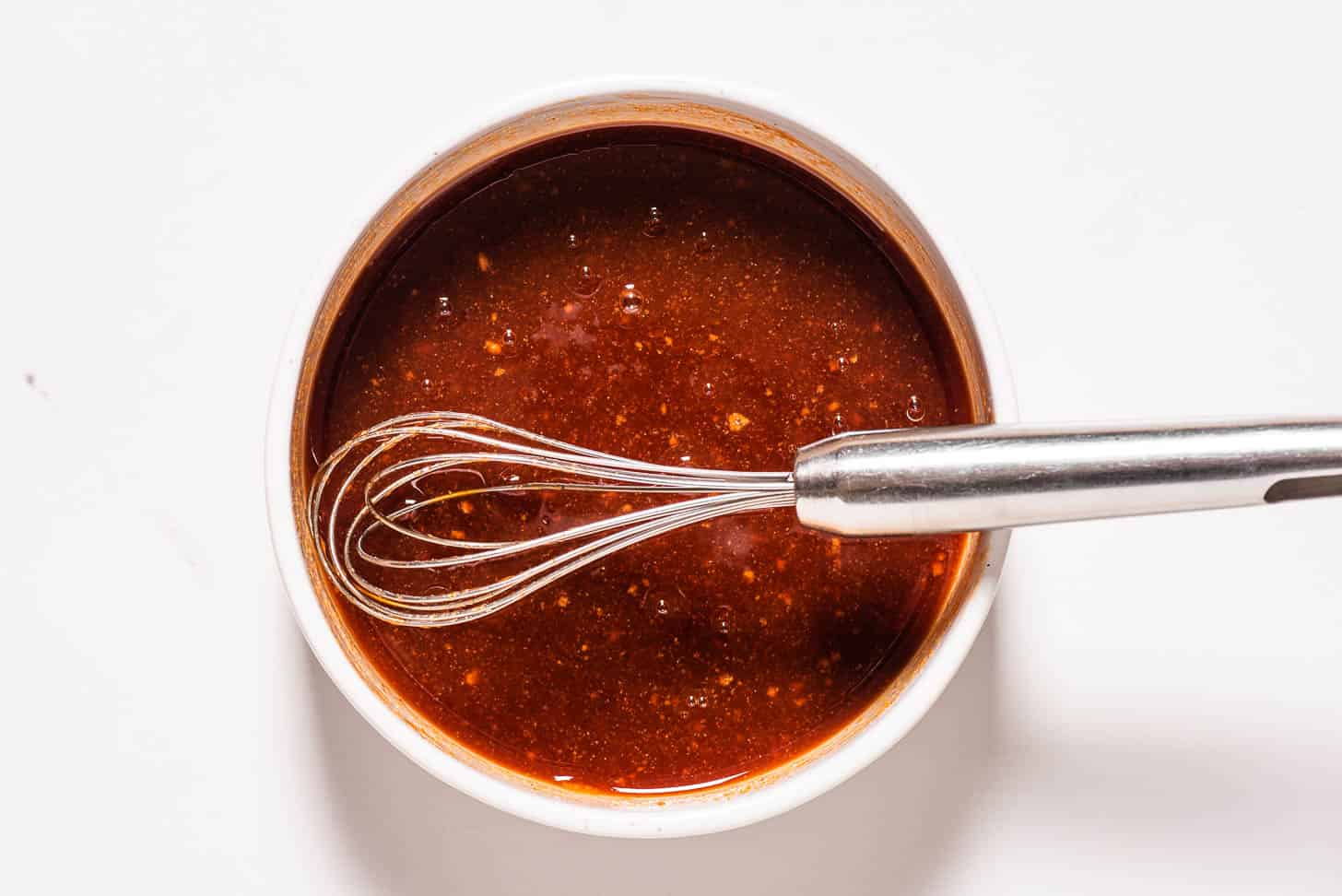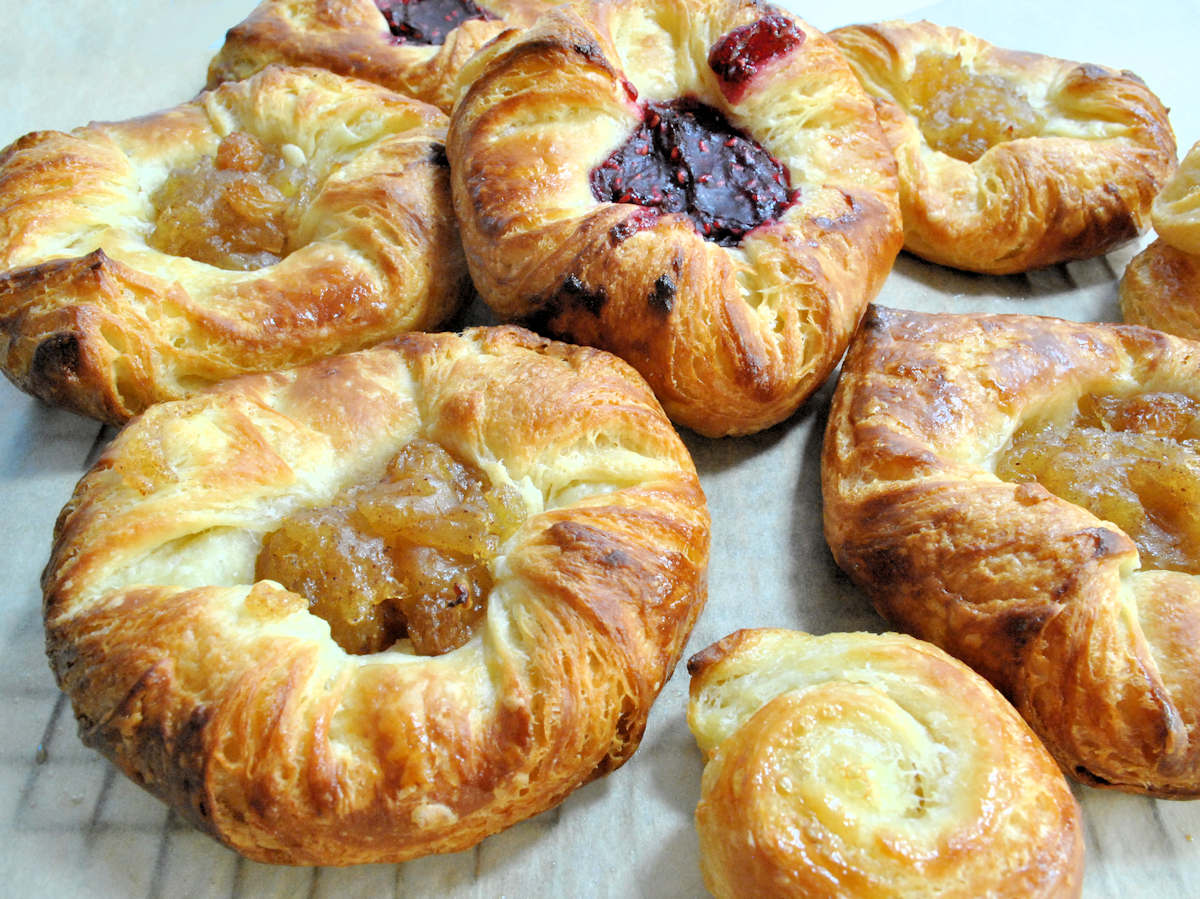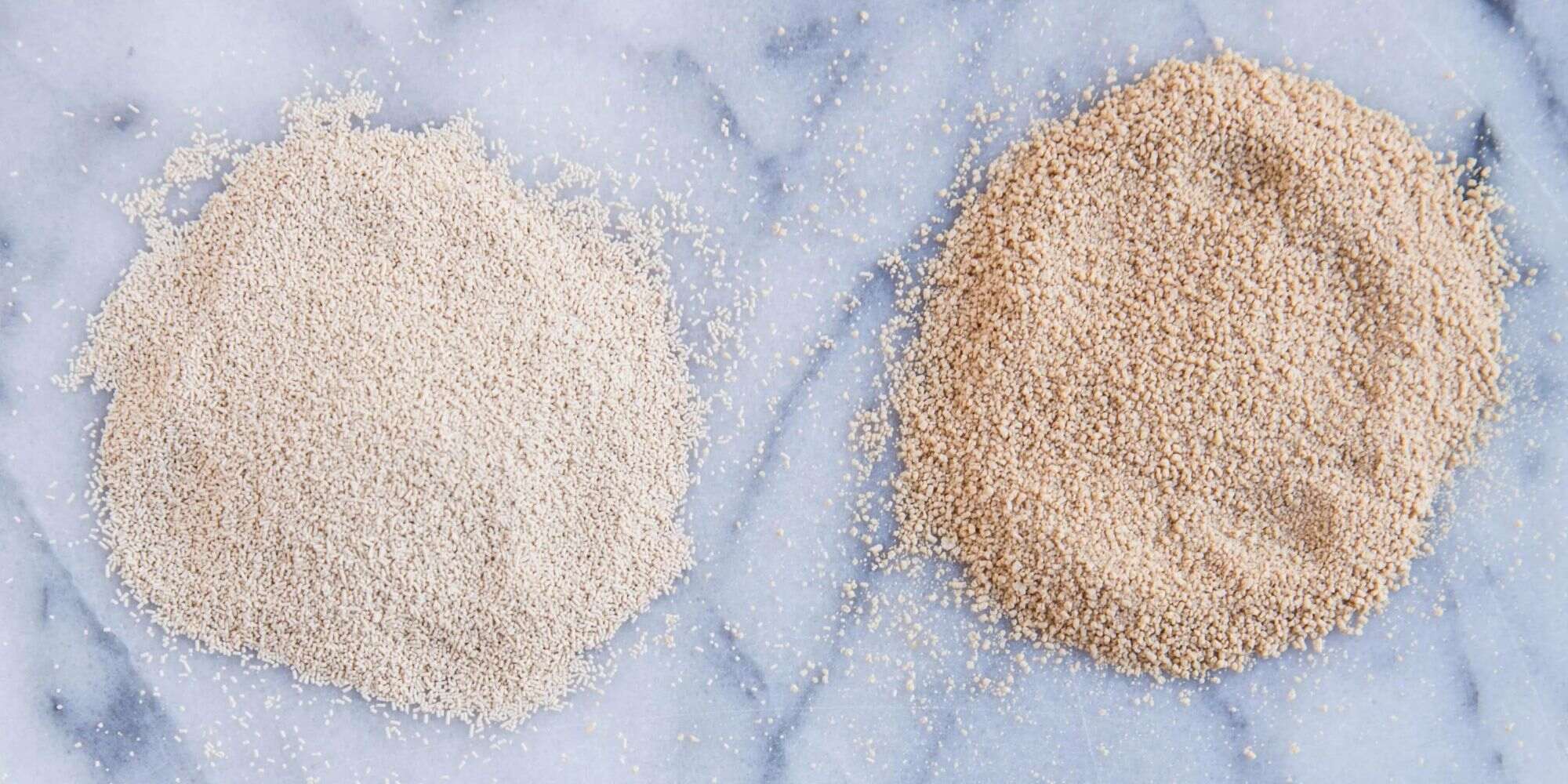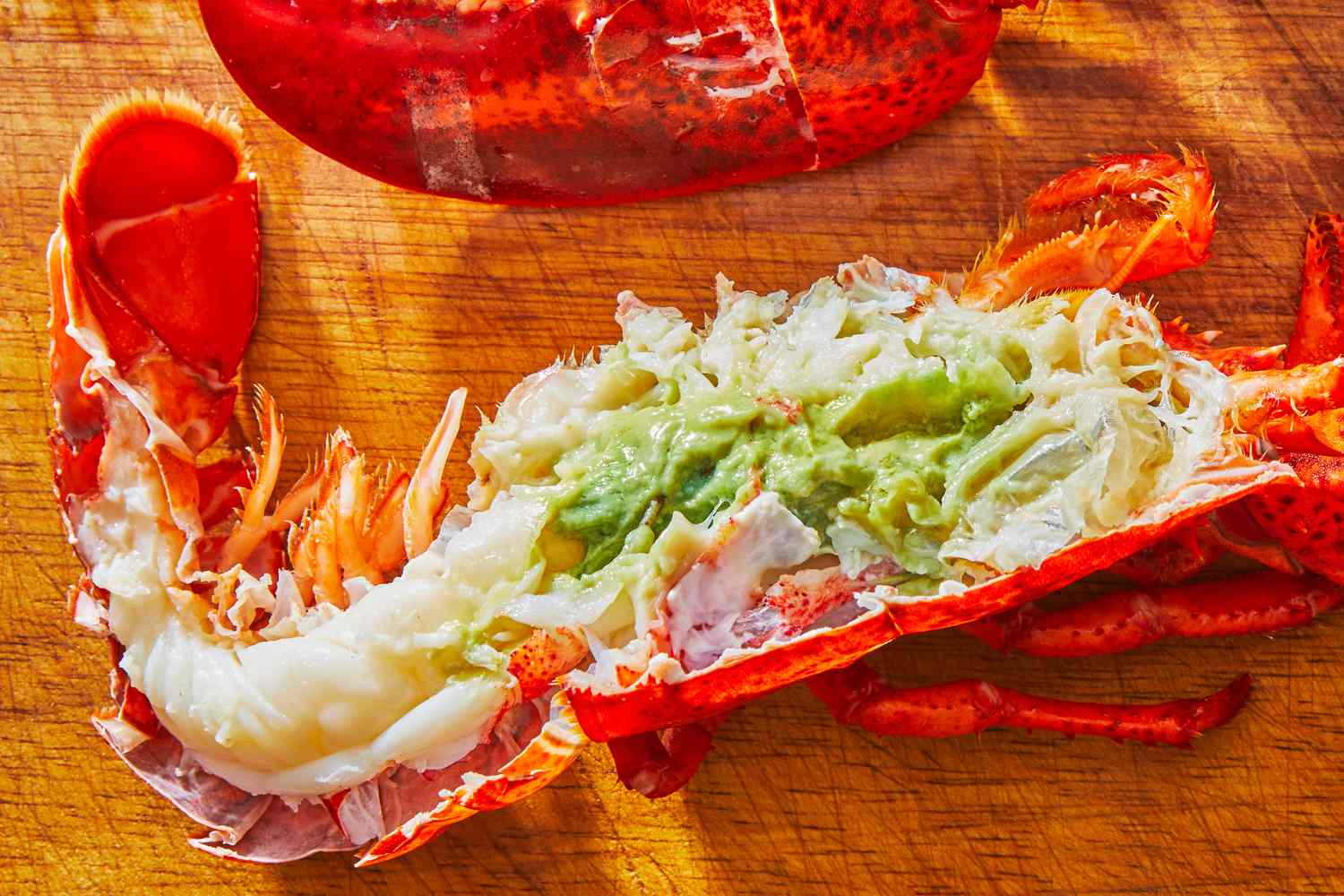Understanding Gelatin Powder and Gelatin Sheets
Gelatin is a versatile ingredient used in a wide variety of recipes, from desserts and candies to savory dishes. It is available in two main forms: powder and sheets. While both forms serve the same purpose of adding texture and structure to dishes, they are not always interchangeable without making adjustments to the recipe. In this article, we will explore the conversion from gelatin powder to sheets and vice versa, so you can confidently use the form of gelatin that best suits your needs.
Gelatin Powder to Sheets Conversion
When a recipe calls for gelatin sheets but you only have gelatin powder on hand, it’s essential to know the proper conversion to ensure the desired results. The conversion from gelatin powder to sheets can vary depending on the strength of the gelatin and the specific brand. However, as a general guideline, you can use the following conversion:
- 1 teaspoon (about 3g) of gelatin powder is equivalent to 3 to 4 gelatin sheets.
- 1 tablespoon (about 9g) of gelatin powder is equivalent to 9 to 12 gelatin sheets.
It’s important to note that these conversions are approximate, and it’s always best to consult the packaging of your gelatin product for specific conversion recommendations.
Gelatin Sheets to Powder Conversion
If a recipe calls for gelatin powder but you only have gelatin sheets, you can also make the conversion in the opposite direction. Here’s a general guideline for converting gelatin sheets to powder:
- 1 gelatin sheet is equivalent to about 1 teaspoon (about 3g) of gelatin powder.
- 3 to 4 gelatin sheets are equivalent to about 1 tablespoon (about 9g) of gelatin powder.
Again, it’s important to consider the specific strength and properties of the gelatin you are using, as these conversions can vary.
Adjusting Recipes
When converting between gelatin powder and sheets, it’s crucial to consider the impact on the overall recipe. Gelatin sheets may require soaking in cold water before use, while gelatin powder is typically dissolved in warm liquid. Additionally, the bloom strength of gelatin can affect its setting properties, so adjustments may be needed to achieve the desired texture and consistency in your dish.
It’s always a good practice to test the gelatin conversion in a small batch of the recipe before making it in larger quantities, especially if the texture and structure of the dish are crucial to its success.
Conclusion
Understanding the conversion from gelatin powder to sheets and vice versa allows you to confidently navigate recipes that call for different forms of gelatin. By following general guidelines and considering the specific properties of your gelatin product, you can adapt your recipes to accommodate the form of gelatin you have on hand, ensuring delicious and successful results in your culinary creations.
Whether you prefer the convenience of gelatin powder or the traditional appeal of gelatin sheets, knowing how to convert between the two forms empowers you to explore a wide range of recipes with confidence.
Was this page helpful?
Read Next: What Is Cremini Mushroom Substitute
